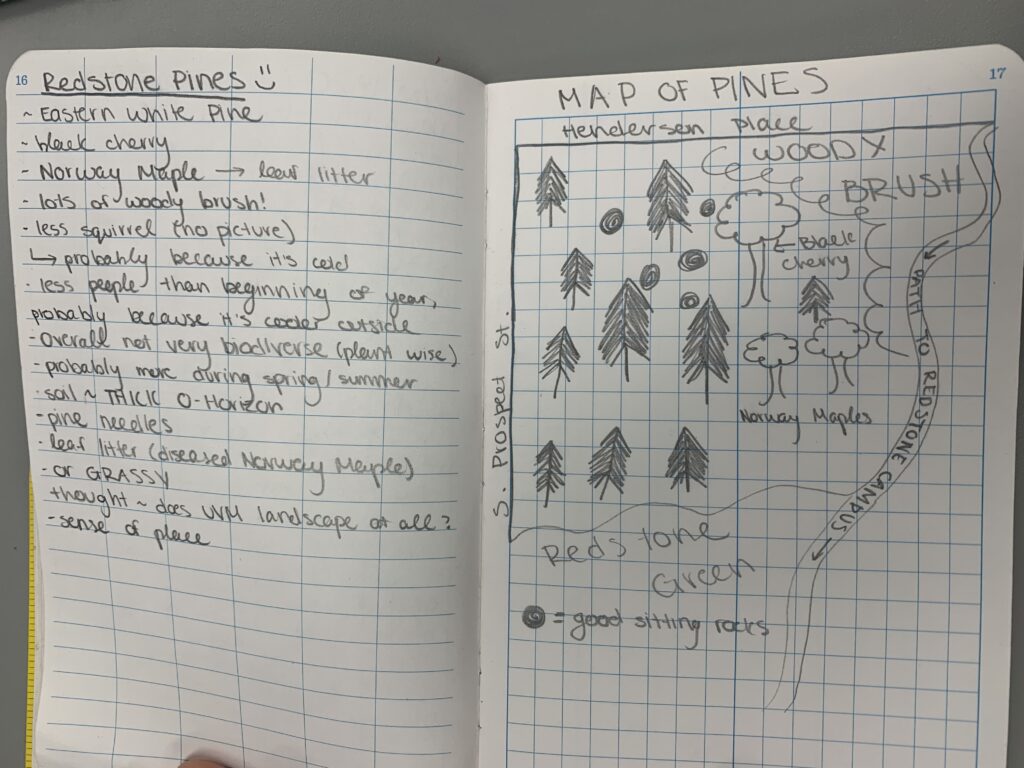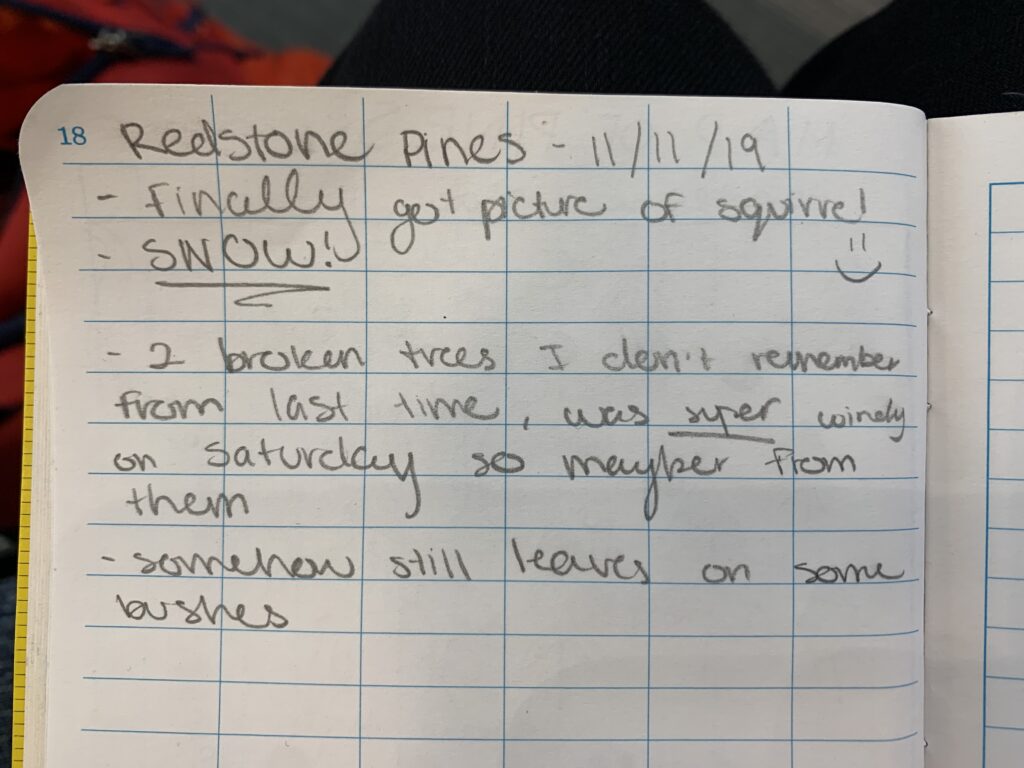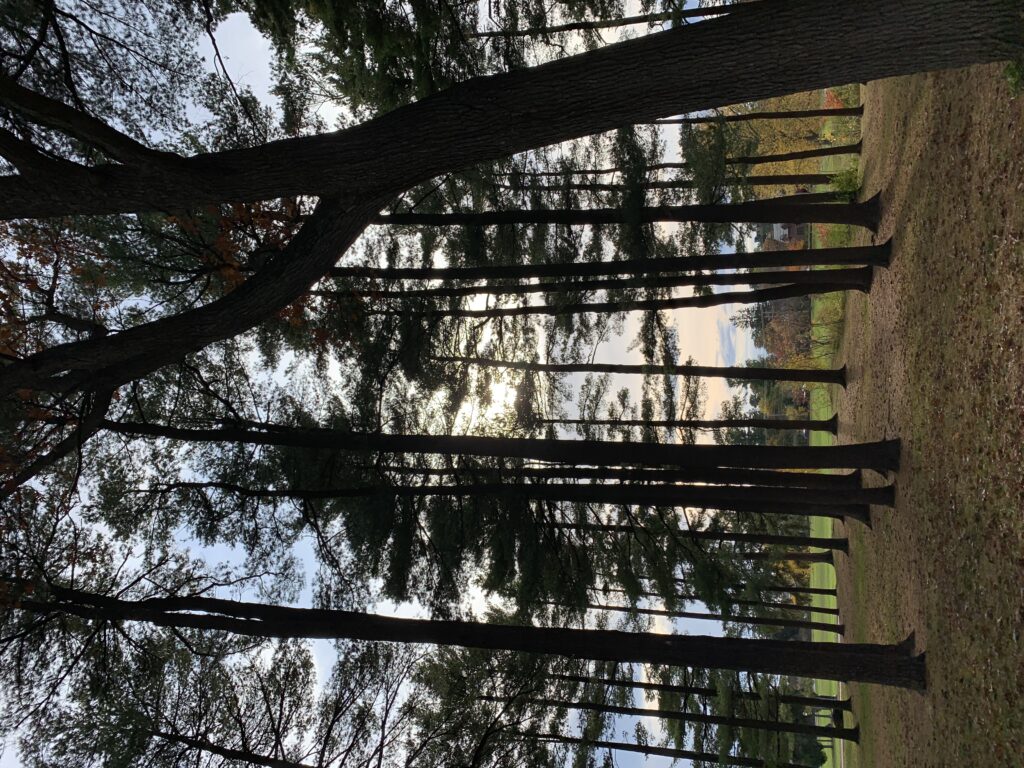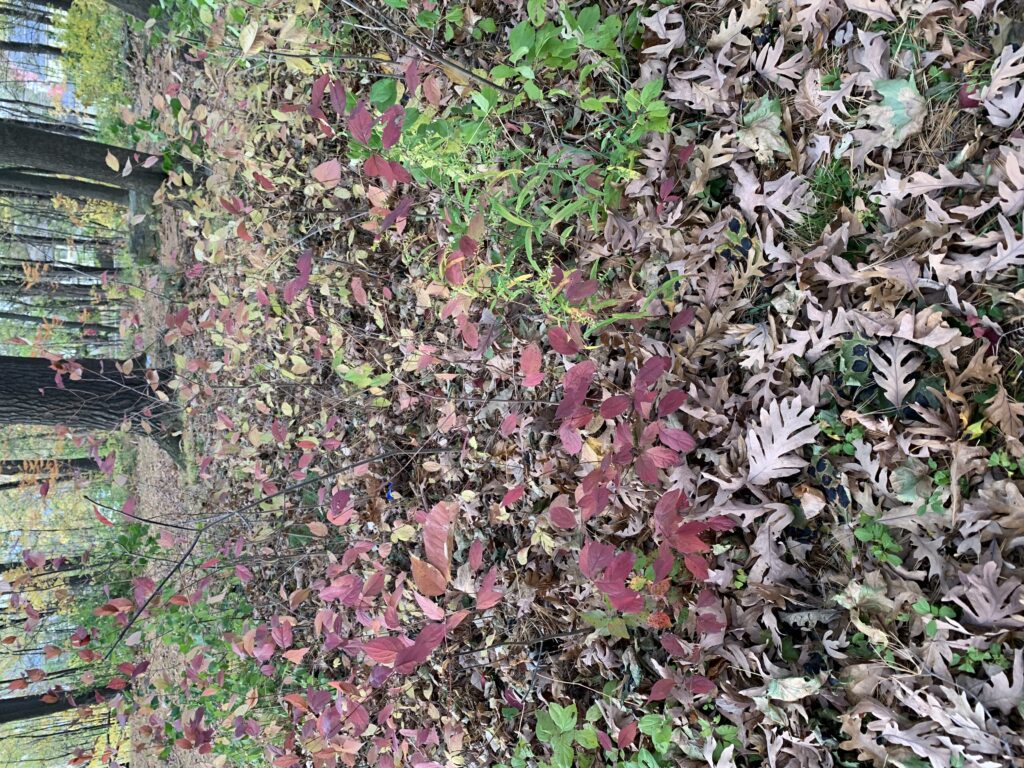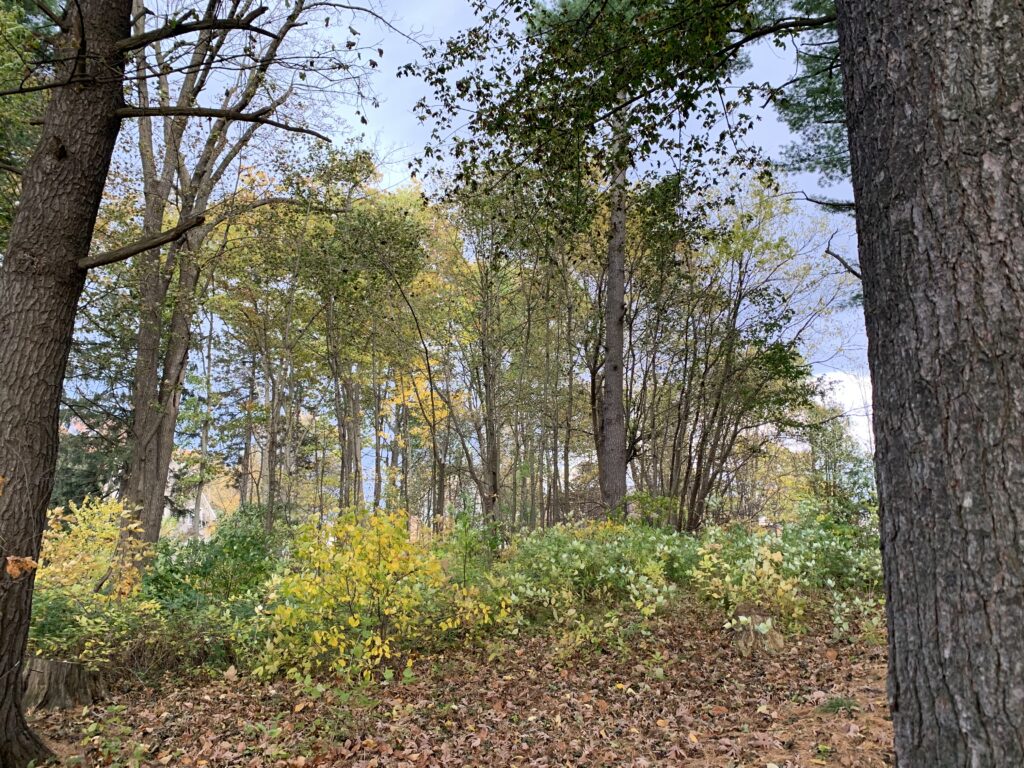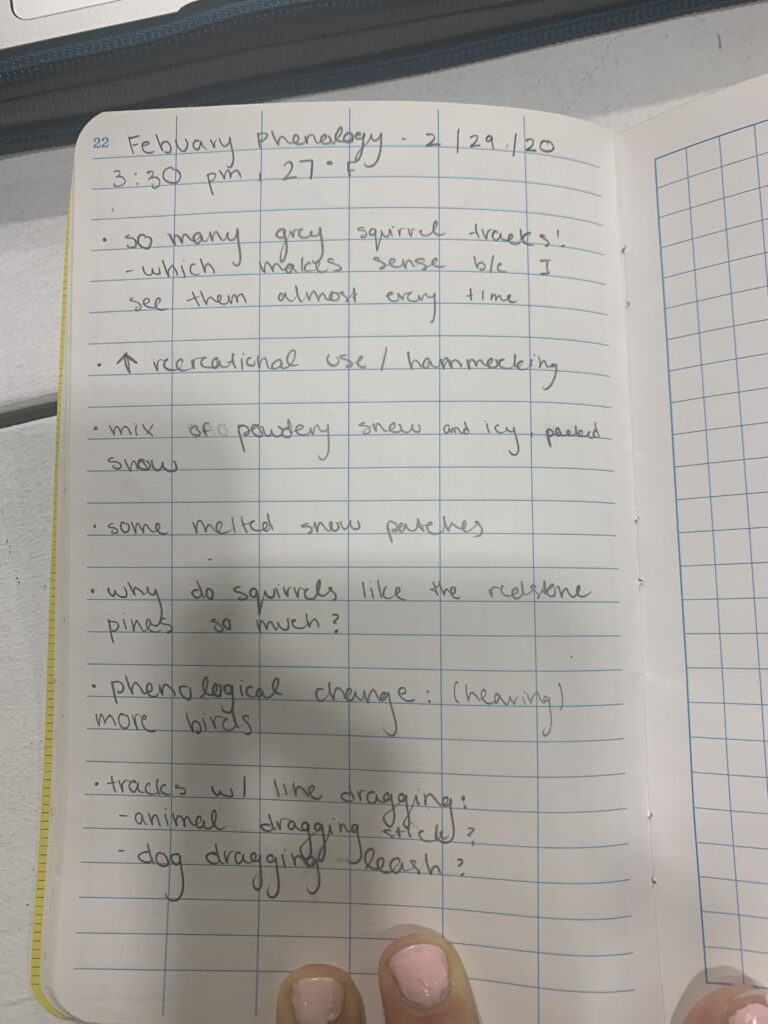
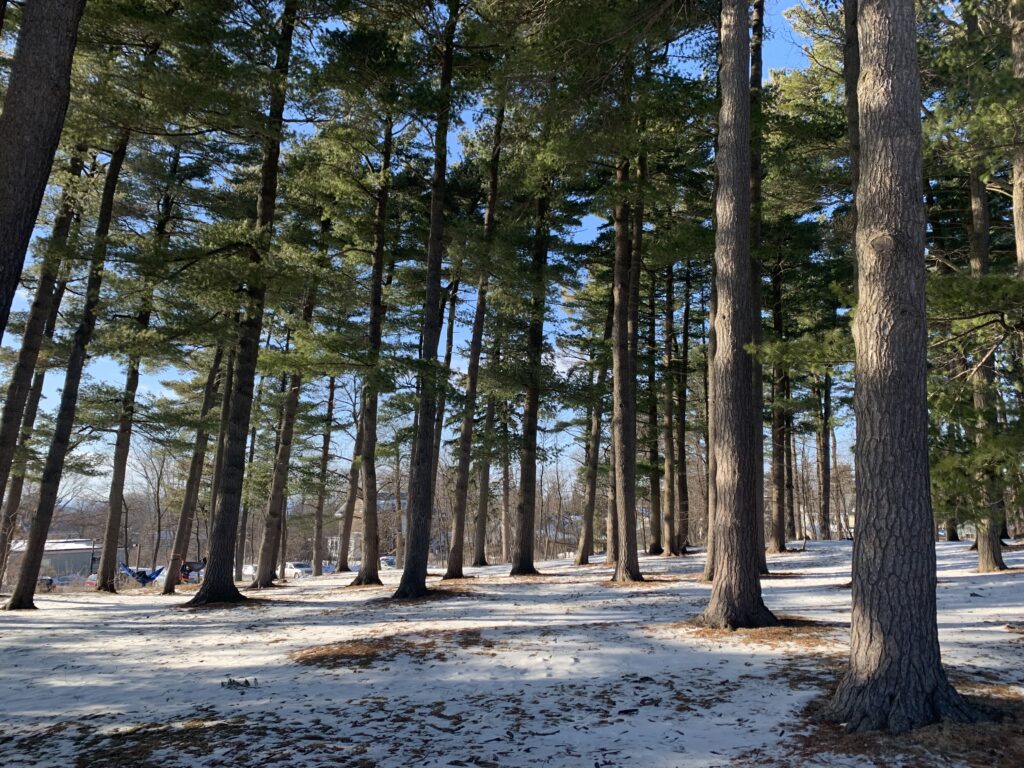
One phenological change I noticed from January to February, not just in the Redstone Pines but on campus as a whole, is that I’m starting to hear more birds, especially on really sunny days. According to Naturally Curious, the birds I could be hearing are Northern shrikes, blue jays, or black-capped chickadees (Holland, 2019). Something I noticed this past visit to the Redstone Pines that I didn’t last month was the mix of type of snow. Parts of the ground had more powdery snow while others had more icy, packed snow. There were also patches of the ground where the snow had melted altogether. In the past week, I’ve noticed a lot more people hammocking than anytime else this semester. I think a lot of people were taking advantage of the warmer weather earlier this week!
Grey Squirrel
The grey squirrel is a rodent that is particulary easy to spot during the late winter because of the colors. It uses food caches to survive the winter, which they relocate by scent (Harris). Predators of the grey squirrel that might interact with squirrrels in the Redstone pines might include different owls, domestic cats, red foxes, and weasels (Wildlife). Because grey squirrels in the Redstone Pines are surrounded by people, they interact people frequently.

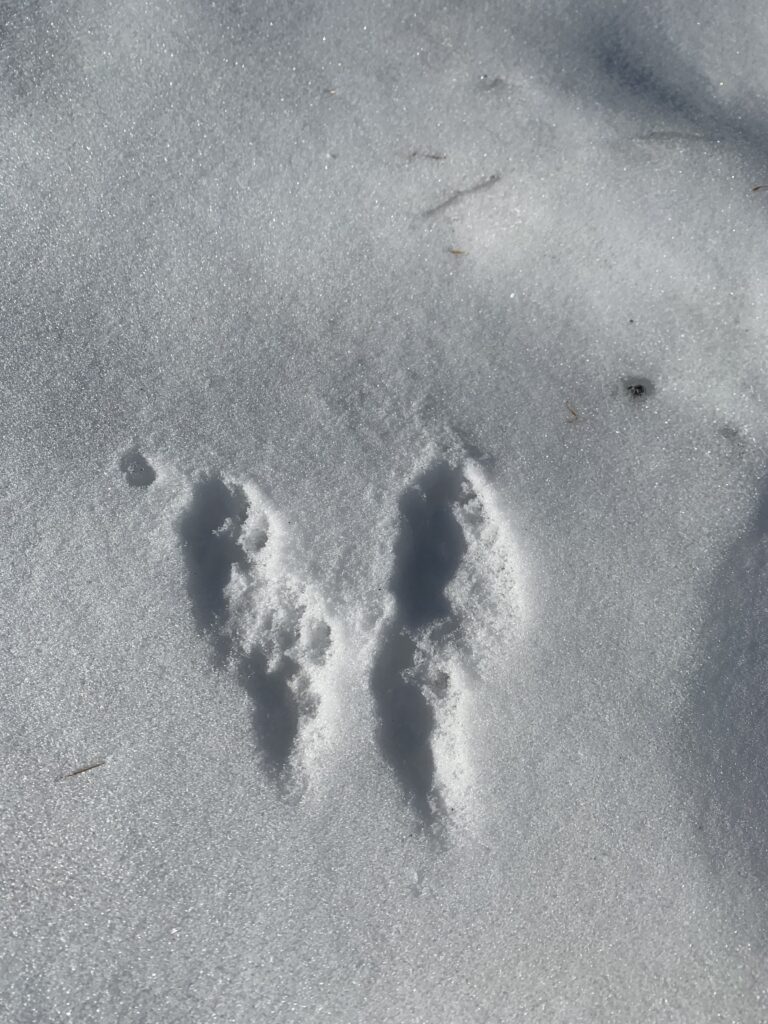
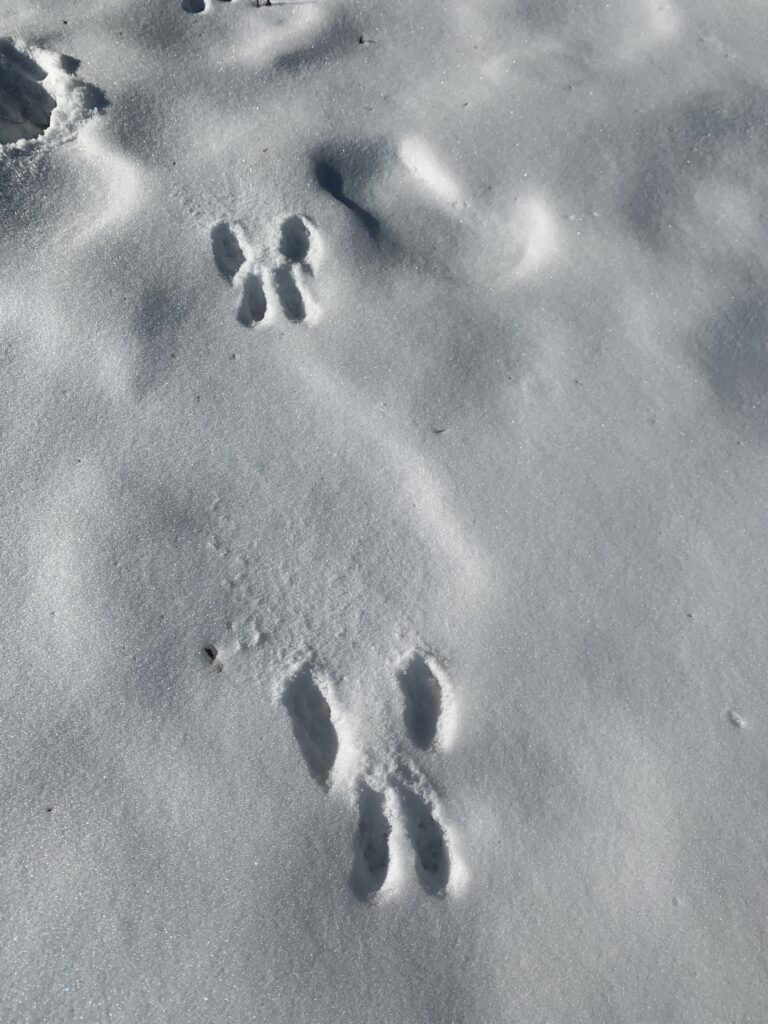

Works Cited
Holland, M. (2019). February: Survival. In Naturally Curious(pp. 401–432). Trafalgar Square Books.
Harris, S. (n.d.). Understand Grey Squirrels. Retrieved from https://www.discoverwildlife.com/animal-facts/mammals/understand-grey-squirrels/



